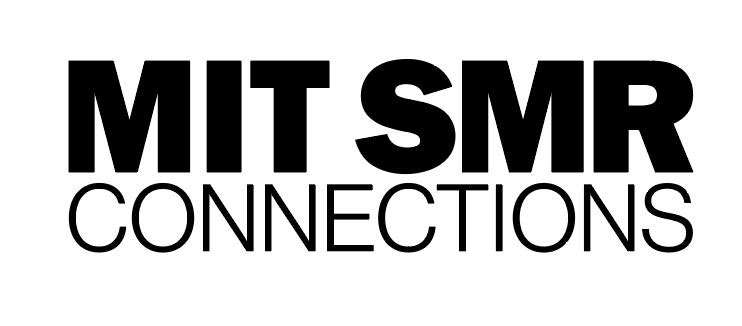Everywhere employers look, they’re reminded we’re in the midst of the Great Resignation. This is felt particularly acutely by employers looking to hire developers. Before the Great Resignation, demand for programmers was already at an all-time high. Coupled together, these factors have led to employers experiencing the most competitive environment for hiring developers and programmers.
Salary is no longer the only consideration for programmers when choosing where to work. As the demand for their talents has climbed, so too has their leverage in the job market. Developers can be more discerning and wait for a job offer that meets all of what they’re looking for. So, what will be important for developers when choosing where to work next? Getting familiar with these top five considerations will help employers attract and retain top talent, while helping developers get the tools, support, and opportunities to happily produce their best work long into the future.
1. Ability to work remotely
Before the Covid-19 pandemic, the majority of the workforce either worked irregularly from home or had never worked at home. That dynamic has now swung in the other direction. For many organizations, working from home was thought to be a temporary measure to control the spread of the virus.
Now, offering remote work has become table stakes for companies looking to attract developers and programmers. It’s a prerequisite. Companies not amenable to work from home will cut themselves off from a huge and ever growing talent pool. When trying to hire technical talent in an environment like this, companies are doing a huge disservice to themselves if they are not considering a hybrid work model.
2. Time flexibility
Developers don’t just want the ability to work from where they’d like, they also want to have control over when they work. Software engineering requires deep concentration. Meetings and calls can act as an impediment to that focus.
Working from home goes hand in hand with time flexibility. One of the most motivating factors for the desire to work from home is the ability to get things done while working. Need to do laundry? Go for a run? Hit the grocery store? These tasks would historically eat into an employee’s precious free time after work.
The 9-to-5 workday as the norm is being challenged, as modern employees gravitate towards setting their working hours. Gartner’s 2020 ReimagineHR Employee Survey showed only 36% of employees are high performers in the conventional 9-to-5 schedule. The figure shoots to 55%, according to the study, when employees were allowed to manage their time and place of work. Attract better talent and promote enhanced productivity, it’s a win-win!
3. Opportunity to learn and upskill
The tech industry is advancing very rapidly, often creating a gap between the skills developers and programmers currently have and those required by their current and future employers. Learning new skills provides the opportunity to grow, increase productivity, and have better job satisfaction. As new programming languages, frameworks, and libraries spring up, programmers need to keep pace to ensure their future career prospects.
According to a survey by StackOverflow, developers value the chance to learn and connect with experts in the industry, and 33% will find a job prospect more appealing if it offers these opportunities. The tech stack also affects whether a developer chooses a job or not, with the same survey revealing 32% of job seekers pull out of interviews because they didn’t like the stack. Quality developers don’t want to work for companies stagnated in their technology choices.
Developers, like all professionals, are career-focused. Unlike other professionals, however, the rate of change in their practice is rapid. If your company doesn’t help future-proof a developer’s career prospects through learning and upskilling, you make it harder to attract the best of the best. Besides, if you want to compete with other leading organizations, you’ll of course want a continuously improving workforce.
4. Focus on work-life balance
The common thread among what will matter to developers when choosing where to work in the future is a focus on work-life balance. There is simply too much opportunity for quality programmers to justify putting up with a sub-par work experience at a company.
By addressing the other concerns outlined in this article, you as a company are putting your money where your mouth is. Gone are the days when companies could promise a focus on work-life balance without actually following through. Developers will use binary questions as an indicator of your commitment to this balance. Do you allow work from home? Are hours flexible? Do you offer mental health benefits?
Employees are more aware of the impact of work on their mental health and emotional well-being and will choose companies where those things are a priority. If you as a company do not follow through on a commitment to work-life balance, you’ll struggle to attract the engineering talent you need.
5. A focus on giving back
Many studies show employees don’t just want their employers to make statements about current issues; they expect them to be actively involved in the cultural issues affecting the community. Again, it comes back to leverage in the job market. Developers have it, employers don’t. So, all else being equal, why wouldn’t a developer choose to work at a company that aligns with their social and cultural values?
How can a company demonstrate their commitment to a cause? Time, money, and action. A message on LinkedIn or Instagram just doesn’t cut it. Do you offer time off for your employees to volunteer? Do you allocate capital towards organizations that align with your values?
Giving back also helps employee morale. It brings an authentic sense of pride and connection amongst employees while fostering connection.
Final thoughts
The pandemic has exacerbated an already upward trend for the demand for developers. This seismic shift in the way people work, and what they expect from their employers, is unlikely to revert. To attract the best talent in a competitive job market, you need to meet programmers and developers where they are. That means, at a minimum, standardizing employee-experience elements that used to be considered a bonus benefit such as working from home, commitment to work-life balance, and emotional and mental support. Standardize those elements and make them core integrations throughout your organization’s foundation, and you’ll drastically enhance your potential labor pool.





